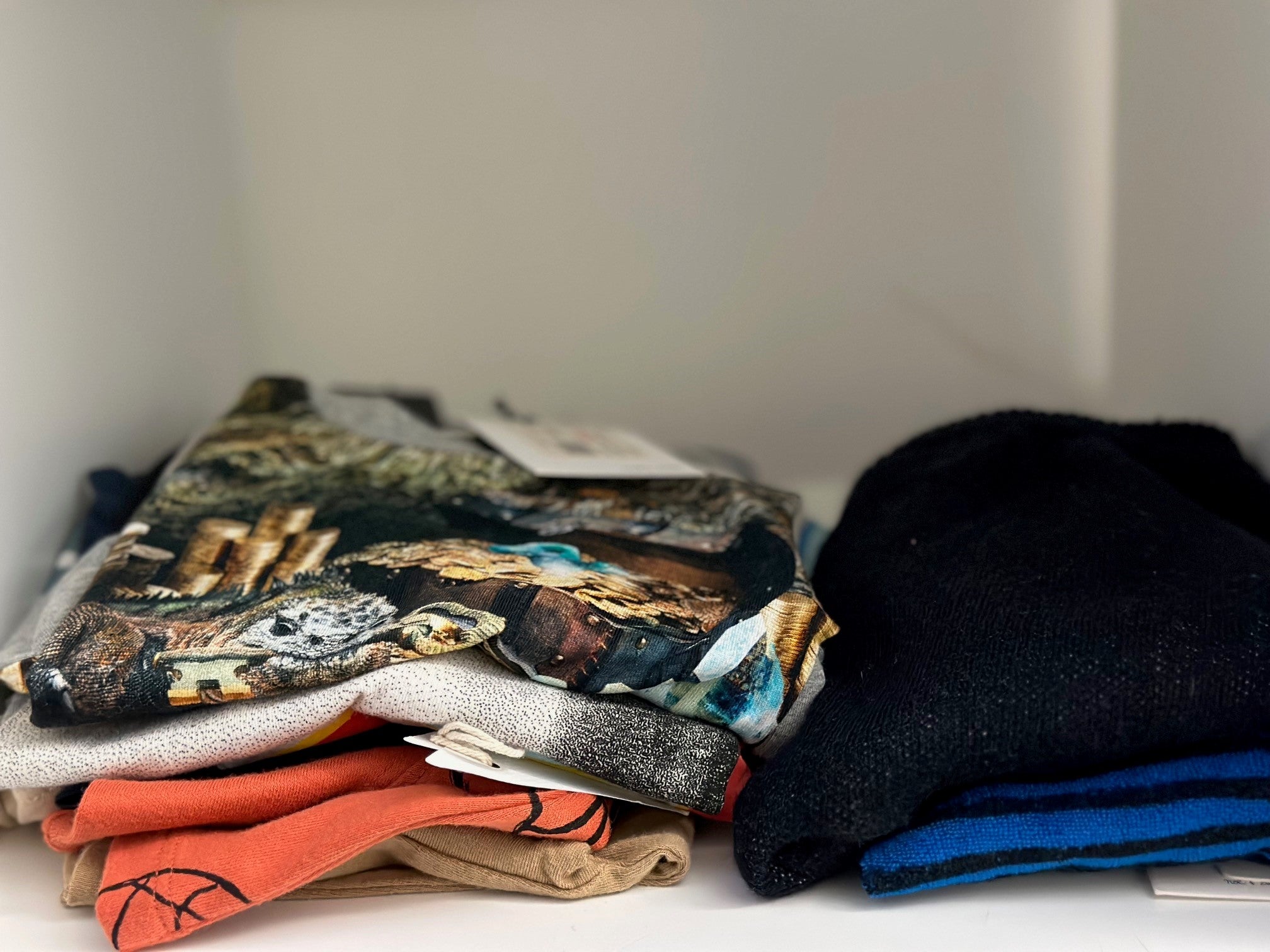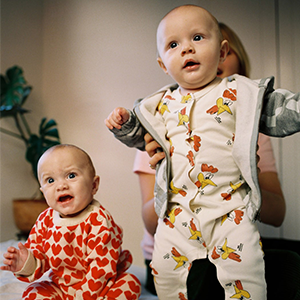Baby Bjorn Mini Front Carrier: Why To Choose & How To Use

We've been growing our baby carrier offerings and are trying to make everything easy for you to try and evaluate all the different options! We'll be posting the official "how to" videos for each carrier, making it easy for you to reference when you need!
First up, our MVP for the littlest - The Baby Bjorn Mini!
Why We Like The Baby Bjorn Mini
We love this carrier because it's super simple. When you search for the best carrier for you, you're going to realize there's a trade off --- you either go for an easy one that is not as long-lasting, but is optimized for a more limited age range, or you go for one with broad, long-term use that requires more knowledge and adjustments, as it has to work for both, say, a 7lb baby as well as a 40lb toddler.
If you want to keep things simple and know your want to carry at the beginning but aren't sure after that, the Baby Bjorn Mini is for you. It's compact and easy, with minimal adjustment as it's only for the littlest babies 0-12 months. Try it - it's a snap!
Baby Bjorn Mini Instructional Video
Baby Bjorn Mini Written Instructions
If you want to follow the video, but still would like some written instructions, read on:
1/ Put on the harness. The BABYBJÖRN logo should be on your left side.
2/ Adjust the back cross so it sits just below your shoulder blades.
3/ If your little one is a newborn, set the size adjustment to its smallest size (53cm). (You're gonig to adjust this as the baby grows.
4/ Fasten the harness to the front of the baby carrier by locking the double buckle. It is locked when you hear a click.
5/ Fasten the side latch on one side and tighten the shoulder straps slightly.
6/ Place the child in the baby carrier facing you. Each leg should be on its respective side of the baby carrier front and the child’s arms should be placed through the armholes.
7/ Fasten the side latch on the other side, the head support buckles and the leg straps on both sides.
Tips For Front Carrying

A couple extra tips:
- Babies in carriers should be in the ergonomic "frog position" with their bums below their knees.
- To know they're positioned at the right height, you should be able to kiss the top of the baby's head when you're carrying them.
- Of course, always make sure your little one's airway is not restricted, and their head is supported.
- Don't turn them around to face-forward position until they have gained their head and neck control (around 6 months).
Convinced? Shop Baby Bjorn Mini at Babesta.























Leave a comment